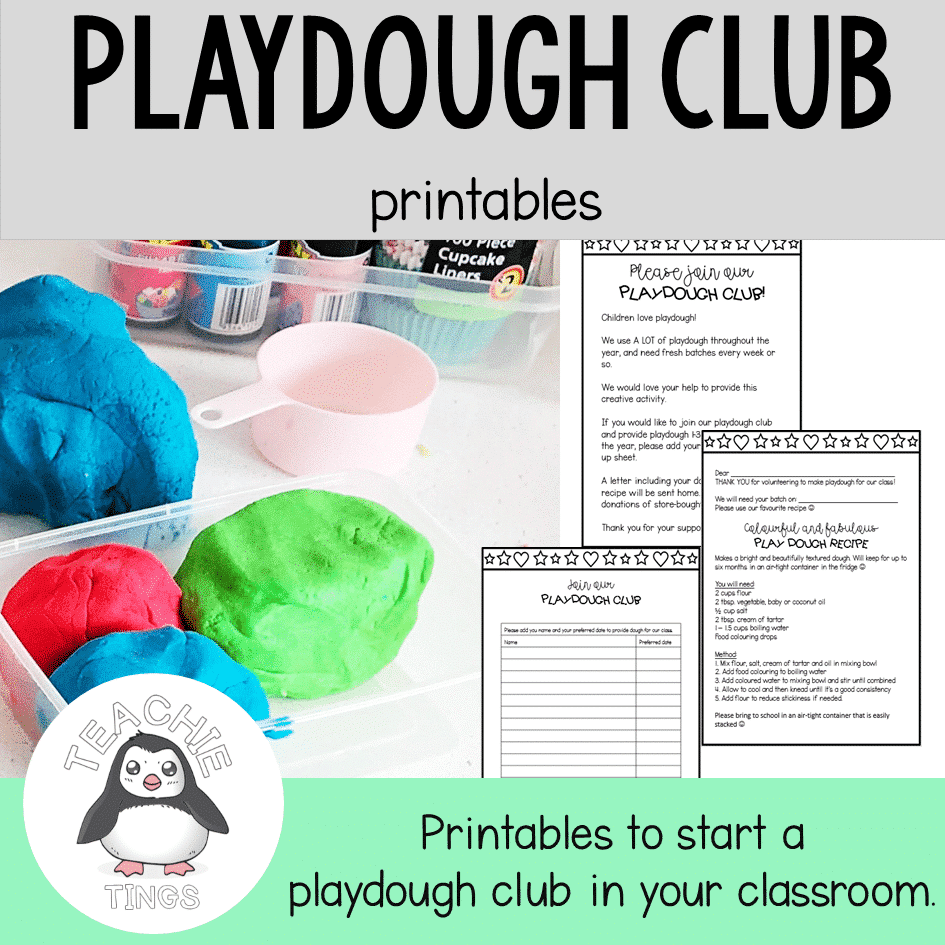Bump It Up Walls: The Classroom Game-Changer Bump It Up Walls are not just a trendy concept; they are a fantastic tool to make learning visible and interactive in your classroom. In this blog post, let’s explore how Bump It Up Walls can revolutionise your teaching approach, create a dynamic learning environment, and empower your […]


